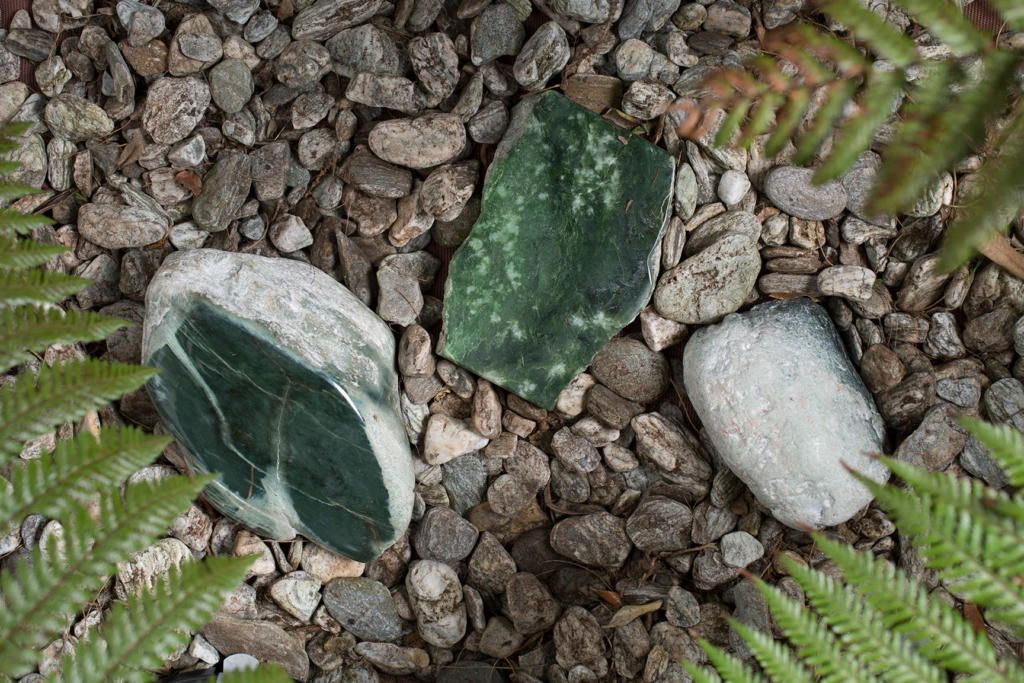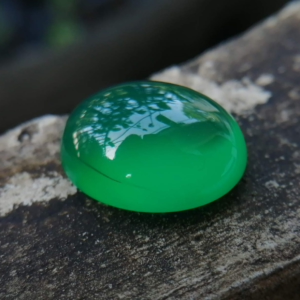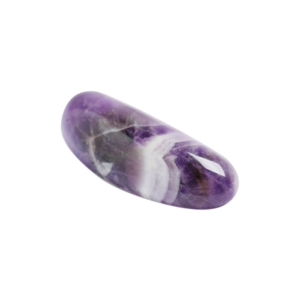Pounamu
Pounamu (pronounced pow-nah-moo) is a term used by the Māori people of New Zealand for a variety of jade, specifically nephrite jade and sometimes bowenite. It is highly valued in Māori culture for its beauty, durability, and spiritual significance. Pounamu is considered a taonga (treasure) and is used for crafting tools, ornaments, weapons, and jewelry.
Key Characteristics:
- Color: Pounamu is typically green, but it can range from light to dark green, with some specimens appearing almost translucent. It can also come in shades of black, white, and even yellow.
- Composition: It is primarily composed of nephrite jade, a tough and durable mineral, although in some contexts it can also refer to other types of greenstone, such as bowenite.
- Geological Origins: Pounamu is found in the South Island of New Zealand, especially in the rivers of the West Coast region. It forms in metamorphic conditions where the rocks undergo heat and pressure over millions of years.
Cultural Importance:
- Spiritual Significance: Pounamu holds deep spiritual value for the Māori people, symbolizing strength, peace, and protection. It is often used in the creation of tools or weapons (like mere and adzes) that are imbued with mana (spiritual power).
- Artifacts and Jewelry: Pounamu is traditionally used to make pendants (called hei tiki) and other items that are worn as symbols of identity and heritage. These pendants are often passed down through generations.
- Trade and Diplomacy: Historically, pounamu was highly prized and used as a medium of exchange or for gifting between tribes, particularly for building alliances or resolving conflicts.

Legal and Ethical Considerations:
In modern times, there are regulations surrounding the harvesting and trade of pounamu in New Zealand. The rights to pounamu are governed by the Ngāi Tahu, the Māori iwi (tribe) of the South Island, and the harvesting of pounamu is regulated to ensure sustainability and respect for the cultural significance of the stone.
Pounamu remains a symbol of Māori identity, cultural pride, and the deep connection between the people and the land.


Leave a Reply
Want to join the discussion?Feel free to contribute!